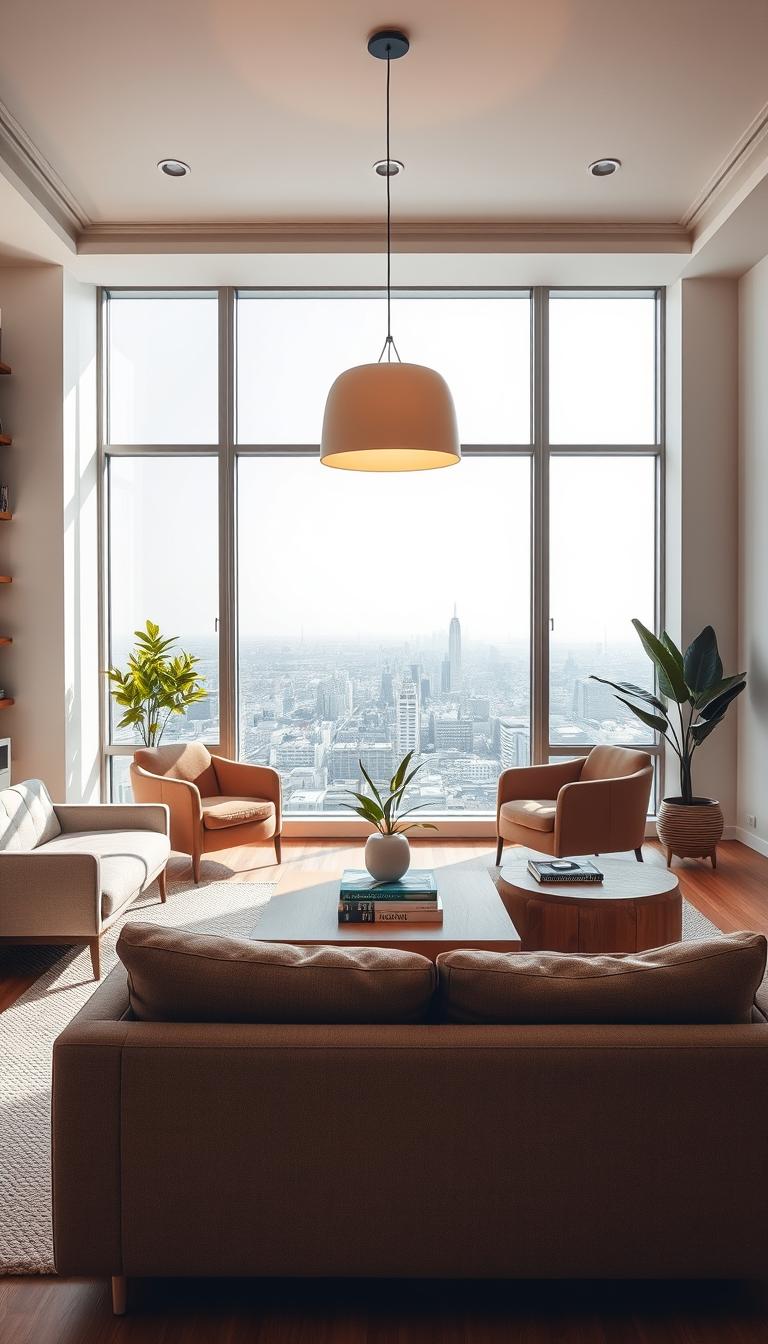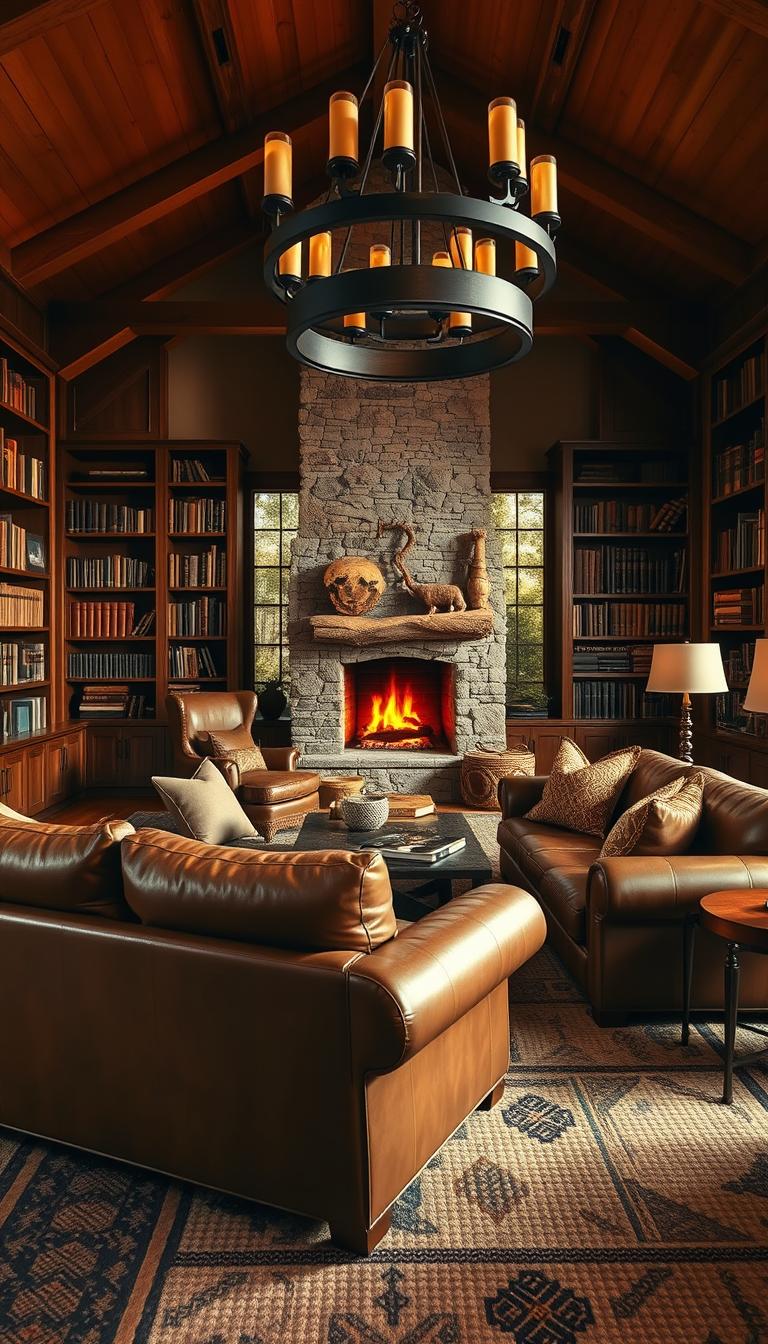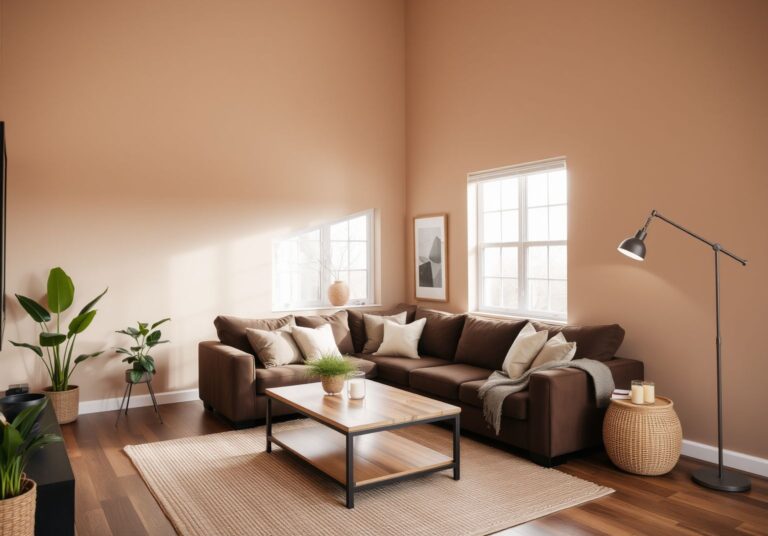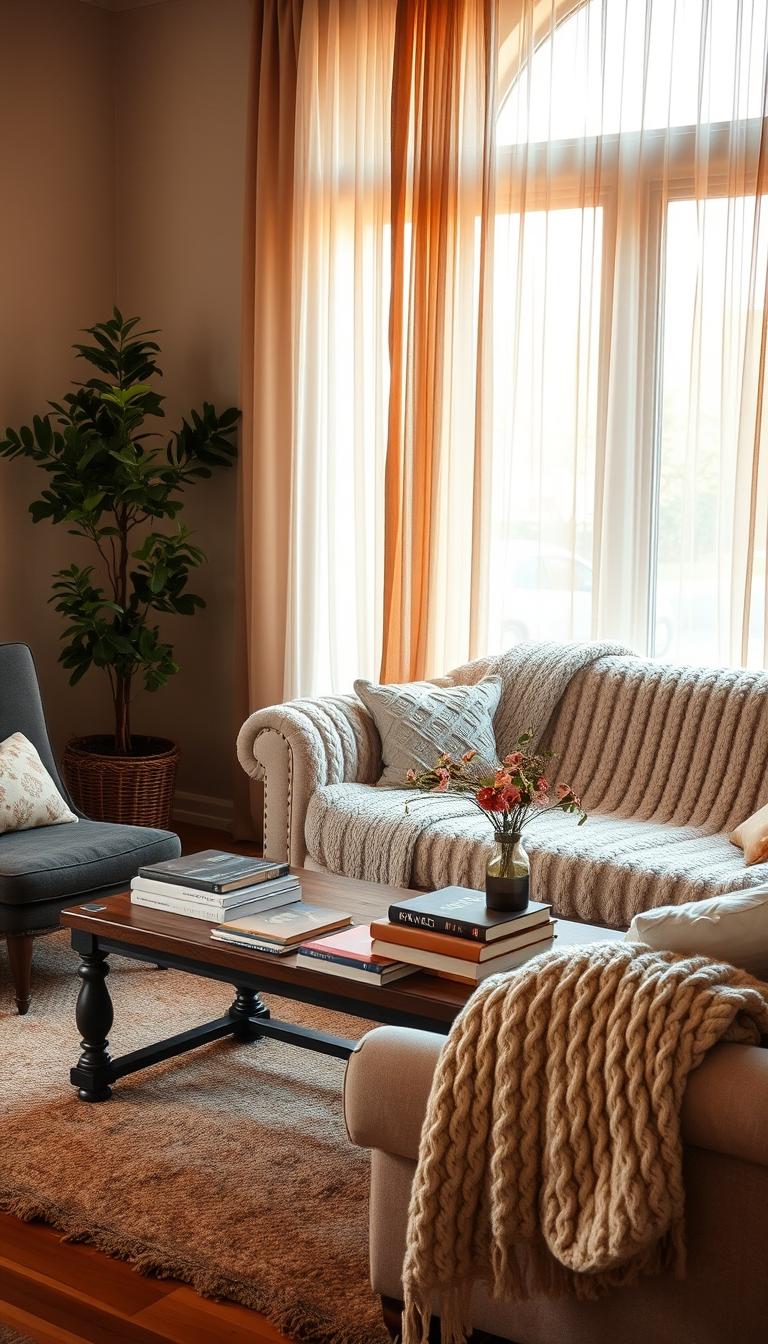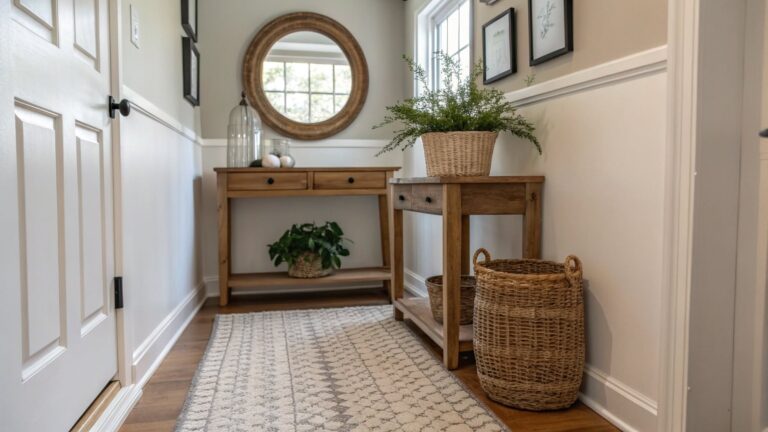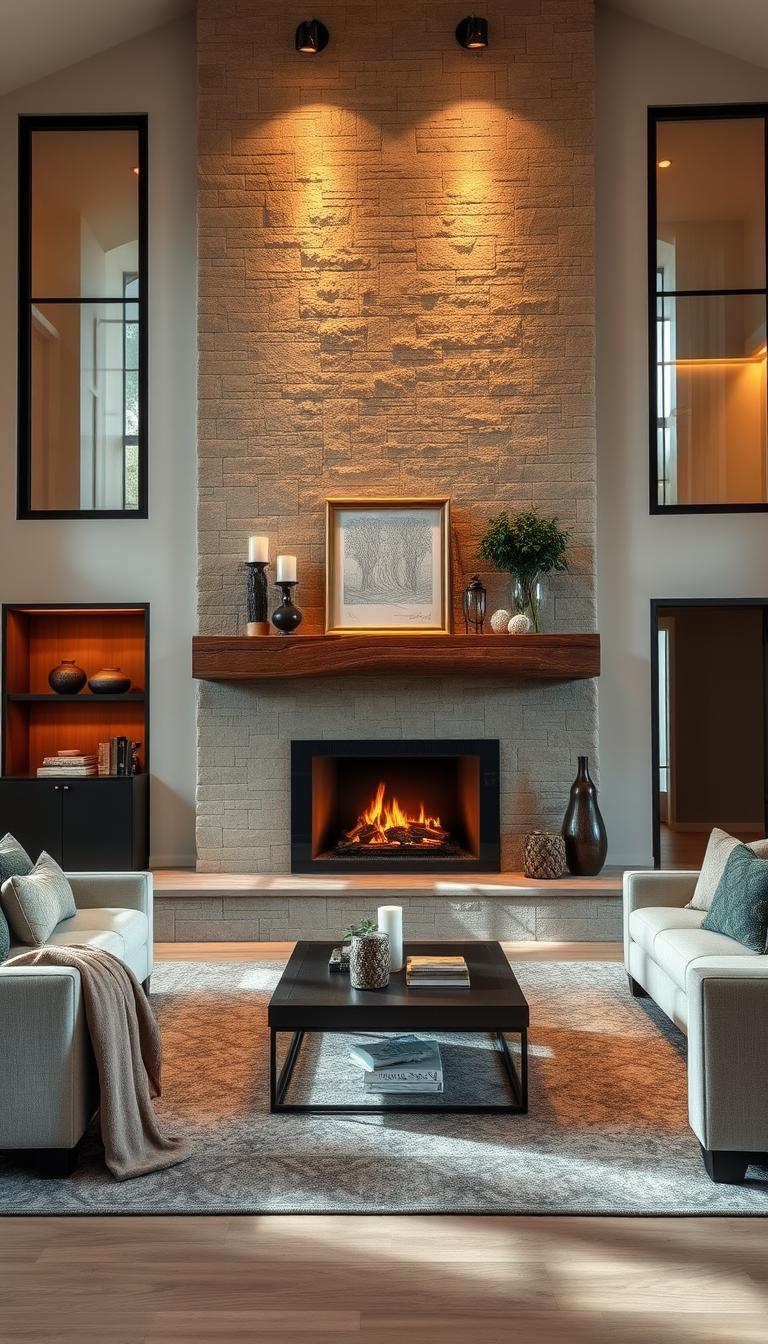Transform Your Space with Apartment Living Room Design
Maximizing a small apartment living room means focusing on the essentials to create a space that is both functional and beautiful. Efficient layout planning and choosing the right-sized furniture are crucial steps.
By utilizing wall space, incorporating multipurpose pieces, and installing sleek storage solutions, you can transform your living room into a stylish and welcoming area. Proper planning and thoughtful design choices can make even the smallest space feel spacious.
Discover how to balance aesthetics and functionality to create a well-designed living space that reflects your personality and meets your needs.
The Essentials of Apartment Living Room Design
When it comes to apartment living room design, several crucial elements come into play to make the space both functional and inviting.
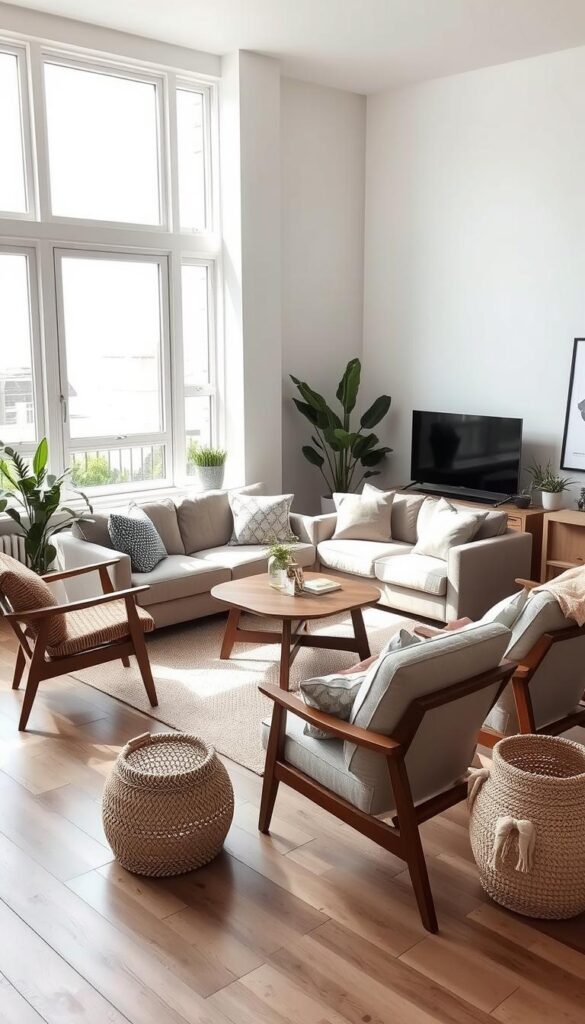
Designing an open-concept space requires intentional arrangement of furniture and rugs to define the living area. For instance, using a deep sectional sofa and a patterned area rug can craft a cozy living area within a larger open space.
- Understanding the essential elements is key to a successful apartment living room design, making the space both functional and inviting.
- The foundation of any living room begins with seating, typically a sofa or loveseat that serves as the anchor piece.
- Scale is crucial; furniture should be appropriately sized to provide comfort without overwhelming the space.
- A coffee table or ottoman serves as both a functional surface and a design element that helps define the living area.
- A mix of ambient, task, and accent lighting creates a well-lit, versatile living room.
- Storage solutions are essential in apartment living rooms where space is limited and clutter can quickly make a small room feel cramped.
- The furniture layout determines how people move through and use the space, necessitating clear pathways and functional zones.
- Considering how the living room connects to other areas in the apartment ensures a cohesive flow throughout the entire space.
Smart Layout Planning for Small Spaces
To make the most of a small living room, intentional layout planning is essential. This involves being mindful of the space available and selecting furniture that fits perfectly.
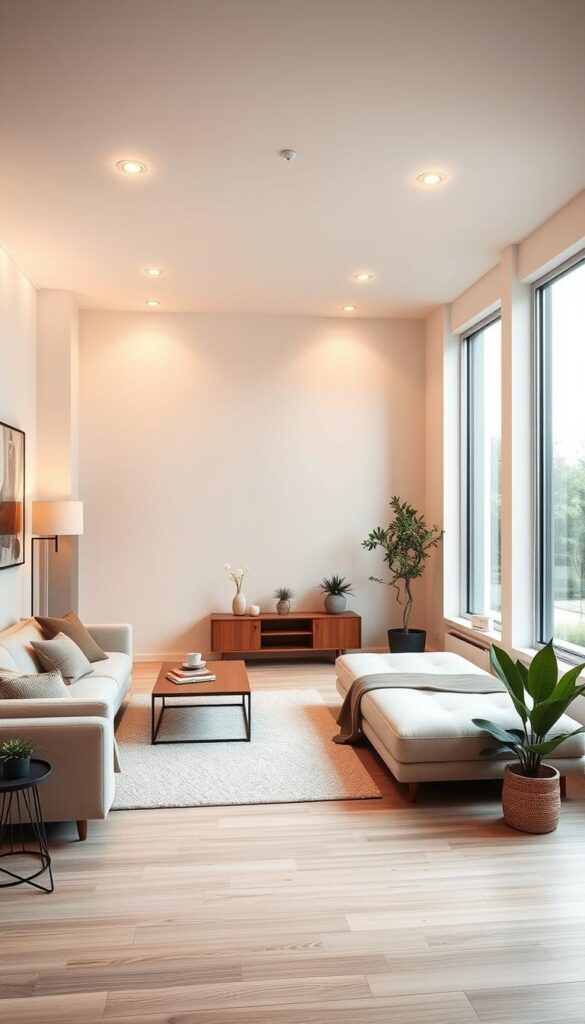
Designer Kerrie Kelly’s approach to fitting a console table into a small alcove while maintaining ample seating with a sofa and armchair combo is a great example. The key is to create a layout that is both functional and aesthetically pleasing.
- Measure your room accurately and create a floor plan that accounts for fixed features like windows and doors.
- Consider traffic flow and create clear pathways of at least 30 inches to ensure comfortable movement.
- Floating furniture away from walls can make a small living room feel larger by creating breathing space around pieces.
- Zone your space according to function to define separate areas for different activities.
By following these tips, you can create a well-planned layout that maximizes the potential of your small living room, making it feel more spacious and comfortable.
Selecting the Perfect Sofa for Your Apartment
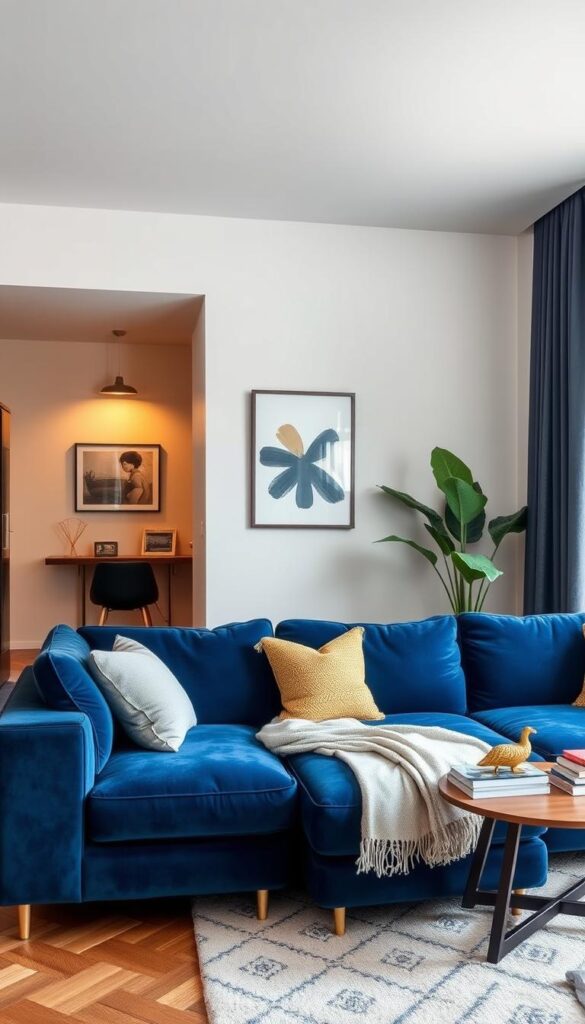
When it comes to furnishing your small apartment, the sofa is a critical piece that can make or break the space. The sofa is typically the largest piece of furniture in your apartment living room and sets the tone for the entire space.
Consider scale carefully – an oversized sofa can overwhelm a small living room, while one that’s too small may look out of proportion and provide inadequate seating. Measure your space thoroughly before shopping, accounting for walking paths around the sofa and distance from other furniture pieces.
Apartment-friendly sofa styles include apartment-sized sofas (typically 68-80 inches wide), loveseats, settees, and sleek sectionals designed for smaller spaces. Look for sofas with exposed legs that create visual space underneath, making your room feel more open.
Multi-functional sofas like sleeper sofas or those with built-in storage can add tremendous value in an apartment where space is at a premium. Consider the sofa’s orientation in relation to your room’s focal points, whether that’s a TV, fireplace, or window with a view.
Multi-Functional Furniture Solutions
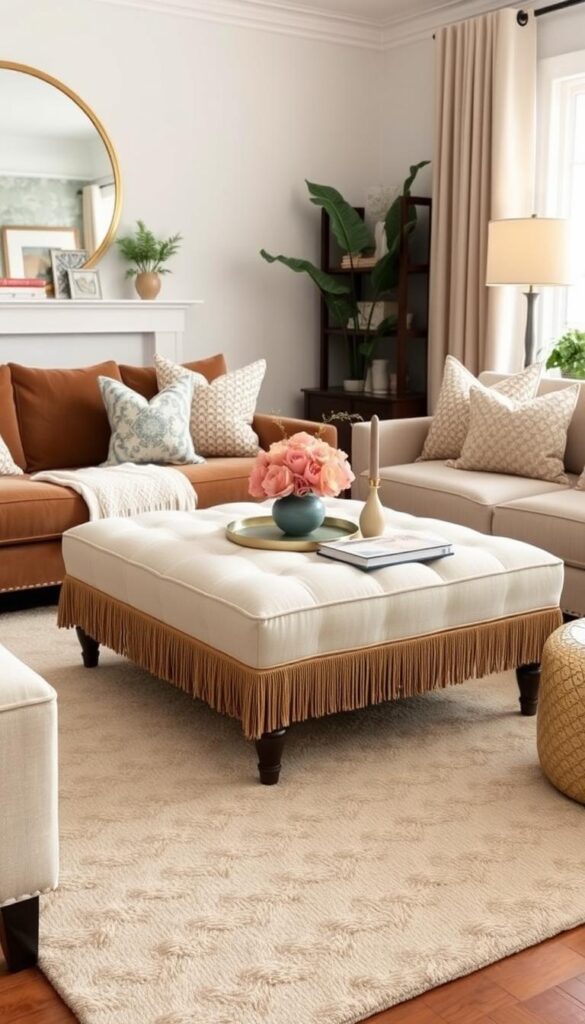
Multi-functional furniture is a game-changer for small living rooms. In apartment living rooms where space is limited, multi-functional furniture becomes essential rather than optional.
Consider ottomans that serve triple duty as coffee tables, extra seating, and hidden storage compartments for blankets or games. Nesting tables offer flexibility – use them spread out when entertaining or tucked away to create more floor space when not needed.
Other solutions include extendable or drop-leaf dining tables and sofas with built-in storage. Wall beds with integrated seating or desks can transform a living room into a guest bedroom when needed.
Color Psychology in Apartment Living Rooms
Color plays a crucial role in apartment living room design, affecting both the mood and the apparent size of the room. The right color choices can make a small living room feel more spacious and inviting.
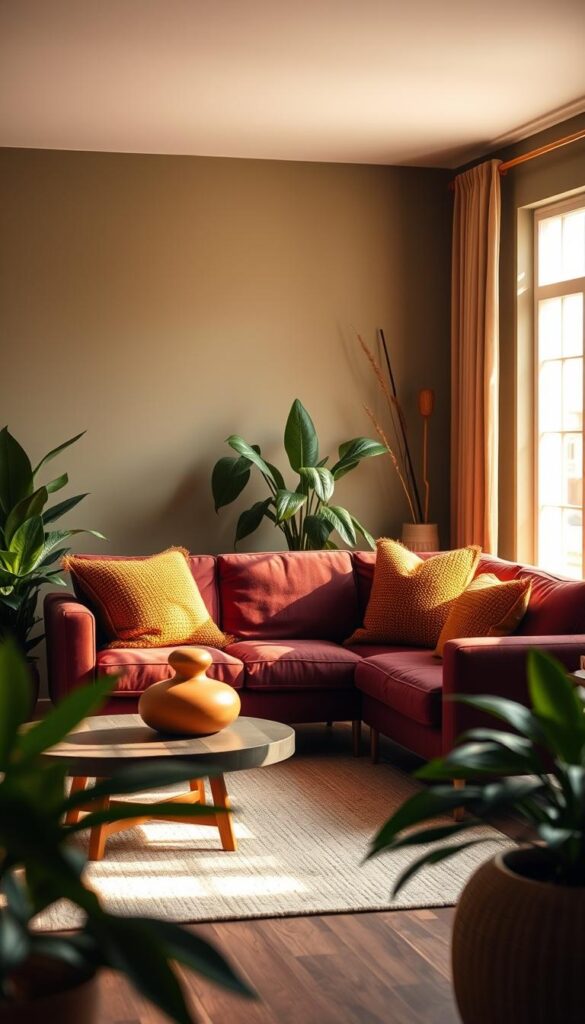
Light colors such as whites, creams, and soft pastels are effective in making small rooms feel larger by reflecting light. On the other hand, dark colors can create coziness but should be used thoughtfully to avoid making the space feel cramped.
Consider the color temperature when selecting a palette for your apartment. Cool tones like blues and greens promote relaxation, while warm tones like reds and oranges energize the space.
- The 60-30-10 rule is a useful guideline for achieving balance: 60% dominant color for walls and large furniture, 30% secondary color for accent furniture and curtains, and 10% accent color for accessories.
- Color zoning can help define different areas within an open-concept living room without physical dividers.
| Color Temperature | Effect on Space | Best for |
|---|---|---|
| Cool Tones (Blues, Greens) | Creates a calm atmosphere | Relaxation areas |
| Warm Tones (Reds, Oranges) | Energizes the space | Social areas |
It’s also important to test paint colors and fabric swatches in your actual space before committing, as lighting conditions can dramatically affect how colors appear.
Lighting Strategies to Enhance Your Space
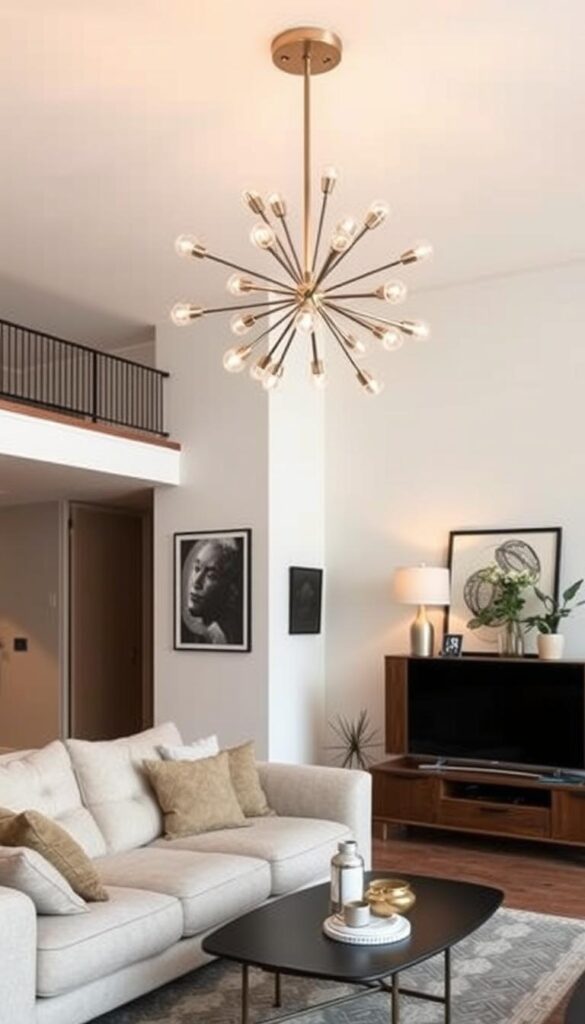
The right lighting strategy can elevate your living space, enhancing both its functionality and aesthetic appeal. Proper lighting transforms an apartment living room, affecting everything from functionality to mood and perceived spaciousness.
To achieve a well-lit living room, implement the three-layer lighting approach. This includes ambient lighting for general illumination, task lighting for specific activities, and accent lighting to highlight features.
Ambient lighting provides overall illumination and can be achieved with flush-mount ceiling fixtures, recessed lighting, or torchiere floor lamps that bounce light off the ceiling. Task lighting supports activities like reading or working and can be fulfilled with table lamps, adjustable floor lamps, and desk lamps.
Accent lighting adds drama and highlights architectural features or artwork. Picture lights, wall sconces, and directional track lighting are effective for creating visual interest. The placement of light affects spatial perception; uplighting makes ceilings feel higher, while wall-washing with light makes rooms feel wider.
Consider the color temperature of bulbs to set the desired mood. Warmer lights (2700-3000K) create coziness, while cooler lights (3500-4100K) enhance focus and alertness. Dimmers are invaluable in apartment living rooms, allowing you to adjust light levels for different activities and times of day.
Wall Treatments for Rental-Friendly Makeovers
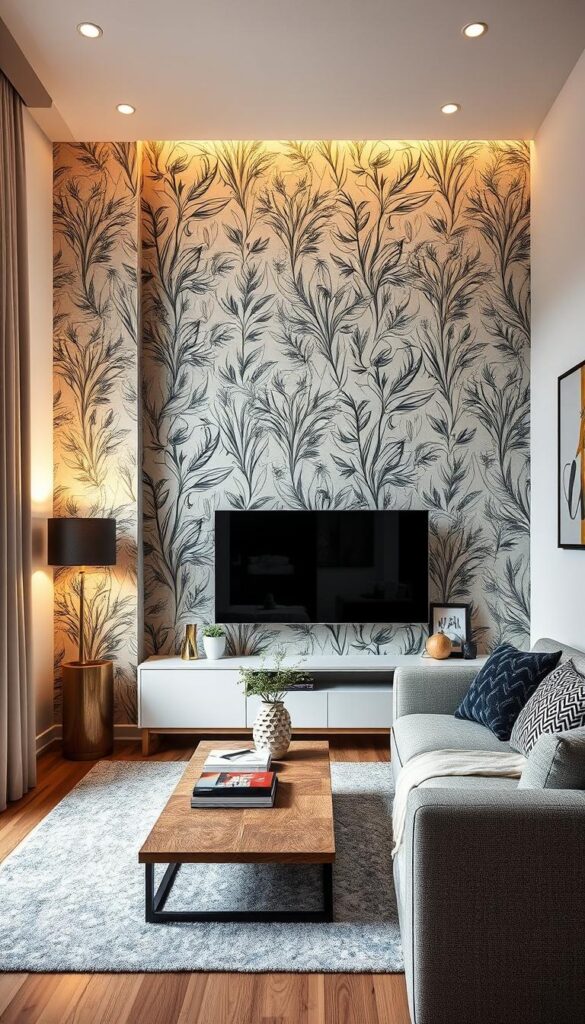
Rental-friendly wall treatments offer a great way to personalize your space without making permanent changes. Apartment living rooms often come with restrictions on permanent changes, but numerous options can transform your space.
Peel-and-stick wallpaper is a great solution, offering dramatic impact without damage. Look for high-quality options that won’t leave residue when removed. Other temporary wall coverings like fabric attached with starch, removable wall decals, or washi tape designs can create personalized walls without commitment.
Command strips and hooks allow you to hang artwork, mirrors, and wall shelves without putting holes in the walls of your apartment. Consider leaning larger artwork against walls rather than hanging it – this creates a casual, curated look while avoiding wall damage.
Maximizing Vertical Space
To create a more spacious feel in small apartments, it’s essential to make the most of vertical space.
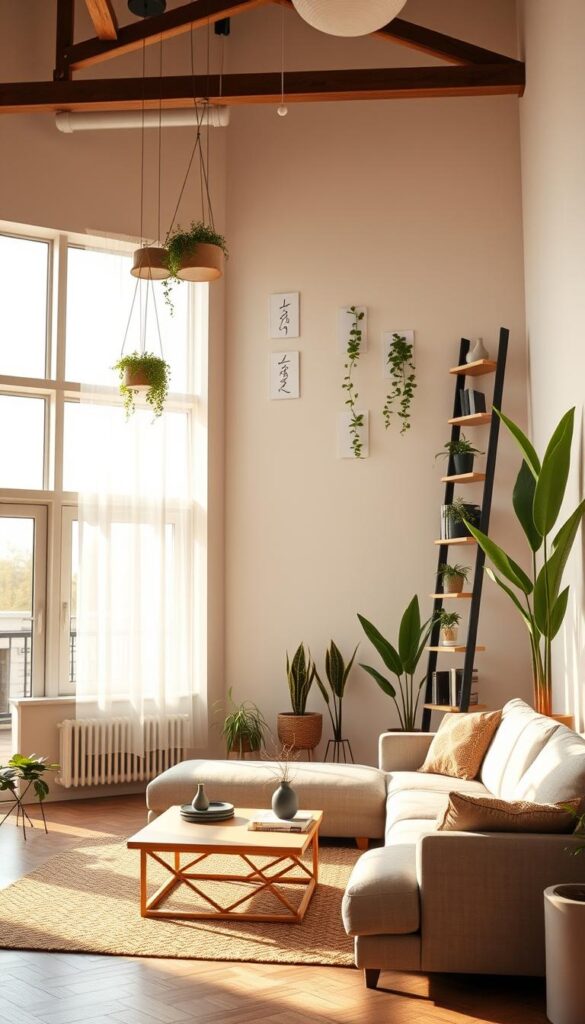
When floor space is limited in apartment living rooms, the solution is to think vertically and utilize wall height effectively. This can be achieved by installing floor-to-ceiling bookshelves that not only maximize storage but also draw the eye upward, making ceilings appear higher and rooms feel larger.
- Floating shelves can be installed in strategic arrangements to provide display and storage space.
- Wall-mounted desks, tables, or TV consoles can free up floor space while maintaining functionality.
Additionally, consider using tall, narrow furniture pieces and vertical garden systems to further enhance your living room’s functionality without cluttering the floor.
Area Rugs to Define Your Living Space
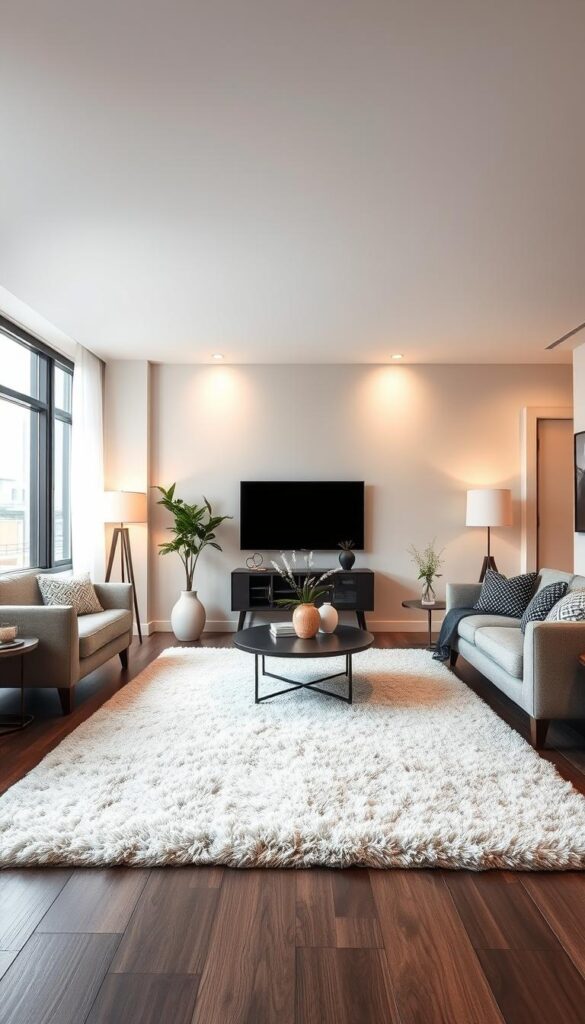
Area rugs are more than just floor coverings; they’re essential elements in apartment living room design that add warmth and texture. In open-concept apartments, rugs help delineate the living area from dining or workspace zones without physical barriers.
The size of the rug matters significantly. A too-small rug can make a room feel disjointed, while the right size creates cohesion. Consider the practical aspects of rug selection for apartment living – low-pile rugs are easier to clean and move, while high-pile options add luxurious comfort.
Rugs with geometric patterns can create visual interest in neutral apartments. Layering rugs can add texture and dimension. In small apartments, light-colored rugs can make the floor space appear larger.
Window Treatments That Transform
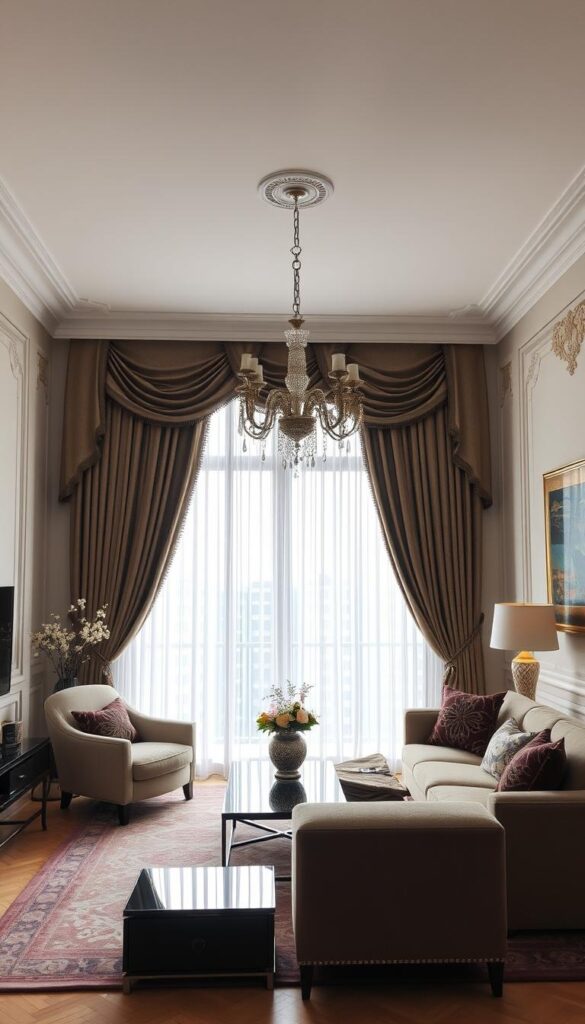
The right window treatments can elevate your apartment’s style and functionality. Window treatments in apartment living rooms serve multiple purposes, including privacy control, light management, and aesthetic enhancement.
Consider the orientation of your windows and the view they offer. For instance, south-facing windows may need treatments that filter harsh sunlight, while north-facing windows might benefit from light-maximizing options.
To create the illusion of higher ceilings, hang curtains close to the ceiling. Layering window treatments, such as combining sheer curtains with blackout panels, can also add flexibility and style to your living room.
Incorporating Plants into Your Apartment Living Room
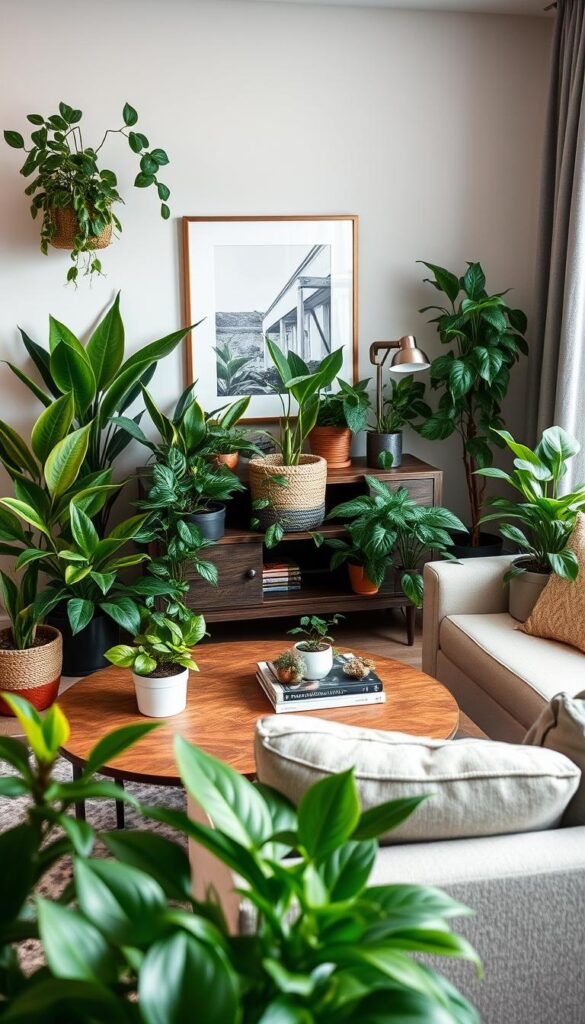
Houseplants are an easy way to add personality to your small apartment living room. They transform the space by adding life, texture, color, and improved air quality.
Consider light conditions when selecting plants. Low-light tolerant plants like snake plants and ZZ plants thrive in apartments with limited natural light. Utilize vertical space with hanging plants or wall-mounted planters.
Choose low-maintenance plants like succulents if you’re busy. Use decorative planters that complement your design style to enhance your living room’s aesthetic.
Small Space Entertainment Solutions
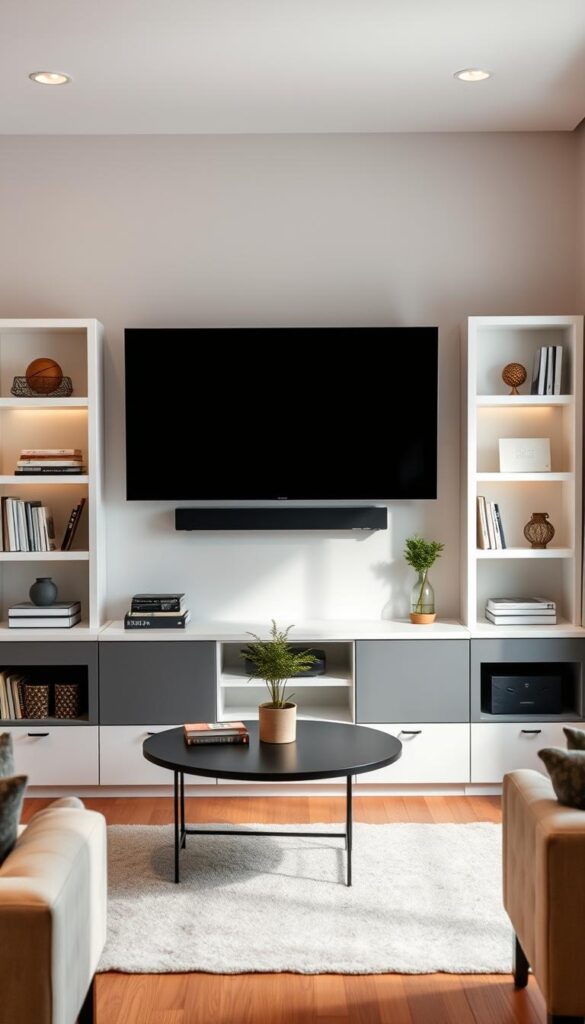
Transforming your small apartment living room into an entertainment hub requires careful planning and creativity. To create a clutter-free space, consider mounting your TV on the wall, ideally above a chic media console table.
Effective entertainment setups in small apartments balance technology needs with space constraints. Key considerations include:
- Wall-mounted TVs to free up surface space and create a cleaner look.
- Furniture with built-in media storage to keep components organized.
- Wireless technology, such as Bluetooth speakers and streaming devices, to reduce cable clutter.
- Multi-purpose entertainment solutions like projectors for very small apartments.
By implementing these strategies, you can enjoy a sophisticated and functional entertainment space in your apartment living room.
Accessorizing Your Apartment Living Room
To make your apartment living room truly special, focus on adding thoughtful touches. Accessories are the finishing touches that transform an apartment living room from a functional space to a personal sanctuary reflecting your style and interests.
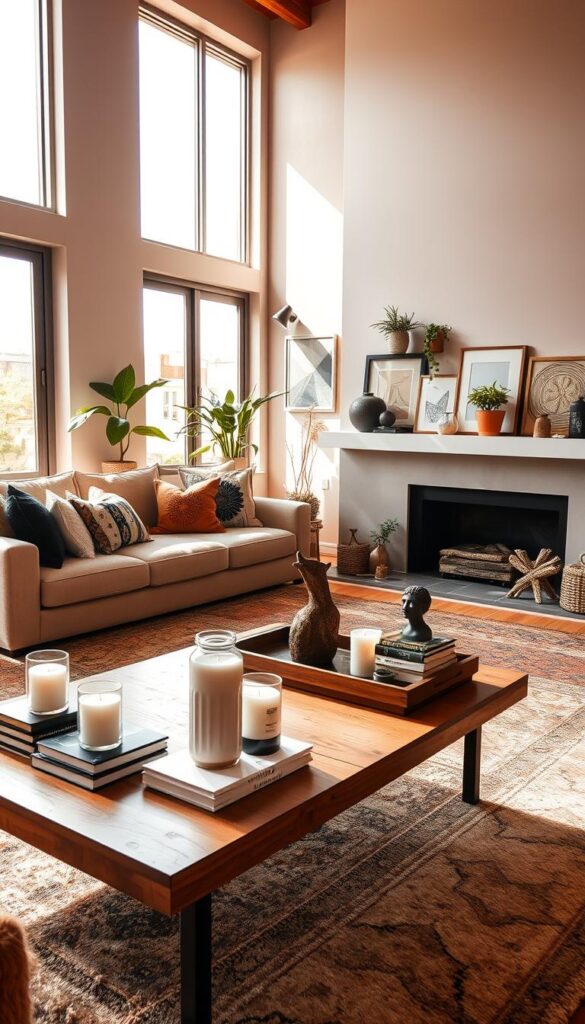
When accessorizing, follow the rule of odd numbers when grouping items – arrangements of three or five create more visual interest. Create vignettes on coffee tables or shelves that tell a story. Mixing textures like smooth ceramics and soft textiles adds depth.
| Accessorizing Tips | Description |
|---|---|
| Rule of Odd Numbers | Group items in odd numbers for visual interest |
| Create Vignettes | Curate collections that tell a story |
| Mix Textures | Combine different textures for depth |
By thoughtfully selecting accessories, you can add personality to your space and make it truly yours.
Creating a Home Office Nook in Your Living Room
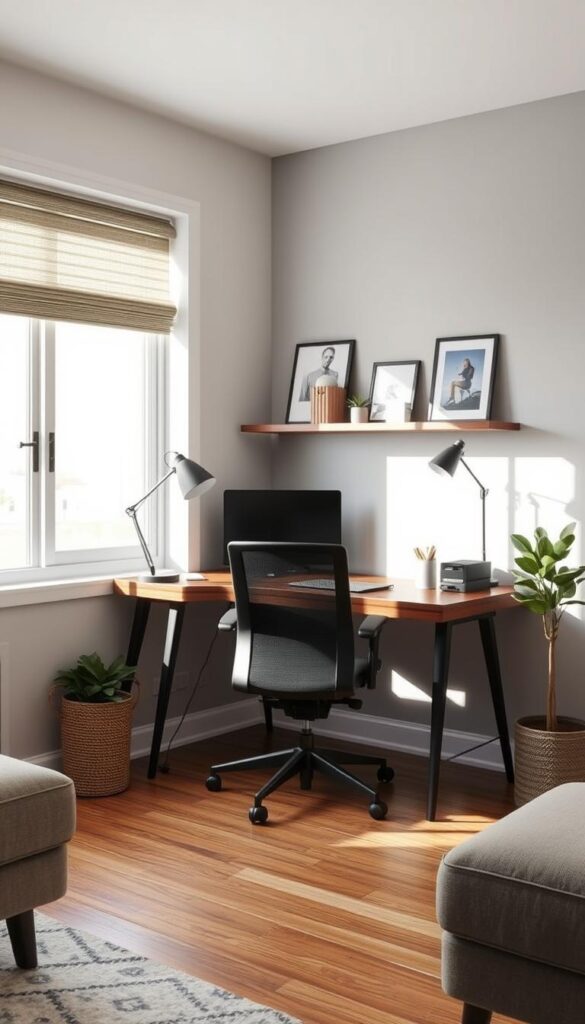
Creating a functional home office nook within your living room can be achieved with a few simple design considerations. With remote work becoming increasingly common, many apartment dwellers need to incorporate home office space within their living rooms.
Choose a dedicated area for your workspace, ideally near natural light but not in the center of your living room’s main conversation or relaxation zone. Consider furniture that transitions between work and leisure, such as secretary desks or console tables that double as desks.
Invest in comfortable, stylish seating and use vertical space with wall-mounted desks or shelving systems to minimize the footprint of your home office area.
Designer Tips for Apartment Living Room Design
Discover how to balance aesthetics and functionality in your living room with designer advice. Expert designers have developed tried-and-true strategies for creating inviting and practical spaces.
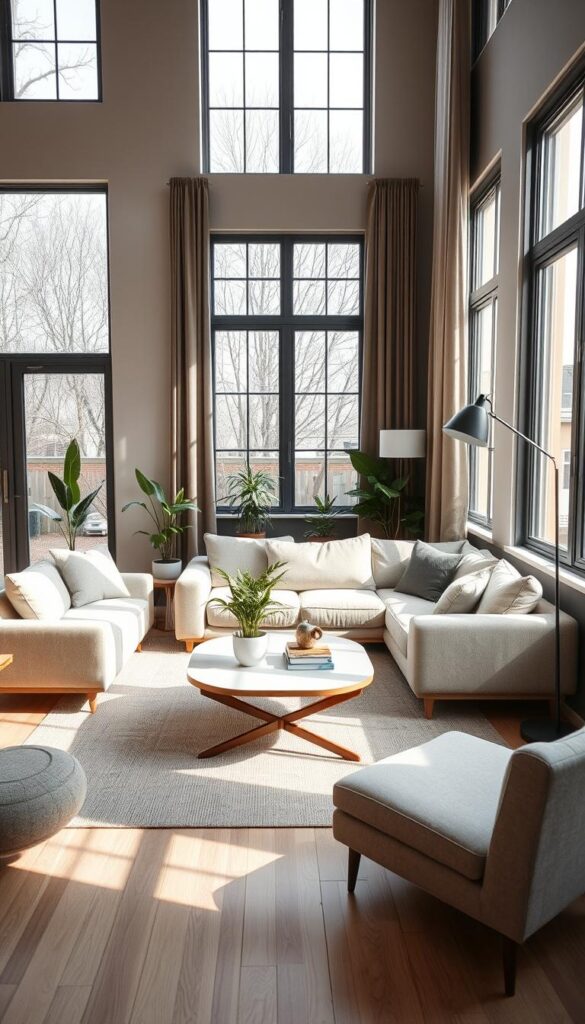
Some key designer tips include:
- Following the 2/3 rule, where furniture takes up no more than two-thirds of the room.
- Intentionally leaving negative space to make the room feel more spacious.
- Creating a focal point and arranging furniture to highlight it.
Layering lighting at different heights is also crucial, using table lamps, floor lamps, and ceiling fixtures. Additionally, mirrors can be used to amplify light and create the illusion of more space.
| Designer Tip | Description | Benefit |
|---|---|---|
| The 2/3 Rule | Furniture should occupy no more than 2/3 of the room. | Maintains proportion and breathing space. |
| Negative Space | Leaving empty areas for the eye to rest. | Makes the room feel more spacious. |
| Focal Point | Create a centerpiece like a fireplace or statement art. | Draws attention and creates visual interest. |
By incorporating these designer tips, you can create a living room that is both stylish and functional, perfect for relaxing and entertaining.
Bringing It All Together: Your Apartment Living Room Transformation
With careful planning and attention to detail, your apartment living room can become a warm and inviting space. To achieve this, start by defining your vision through a mood board or Pinterest collection, capturing the desired feeling and functionality. Prioritize investments based on impact and longevity, and implement changes in phases if needed. Remember, the most successful living rooms reflect the inhabitants’ personalities and lifestyles. Regularly evaluate your space’s functionality and make adjustments as needed. By doing so, you’ll create a living room that not only feels like home but also brings you joy.
